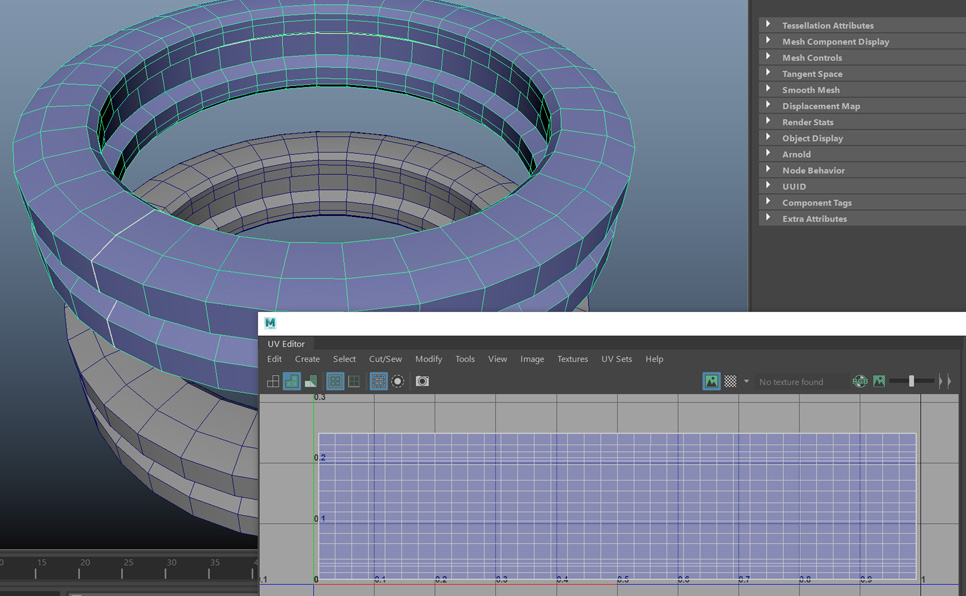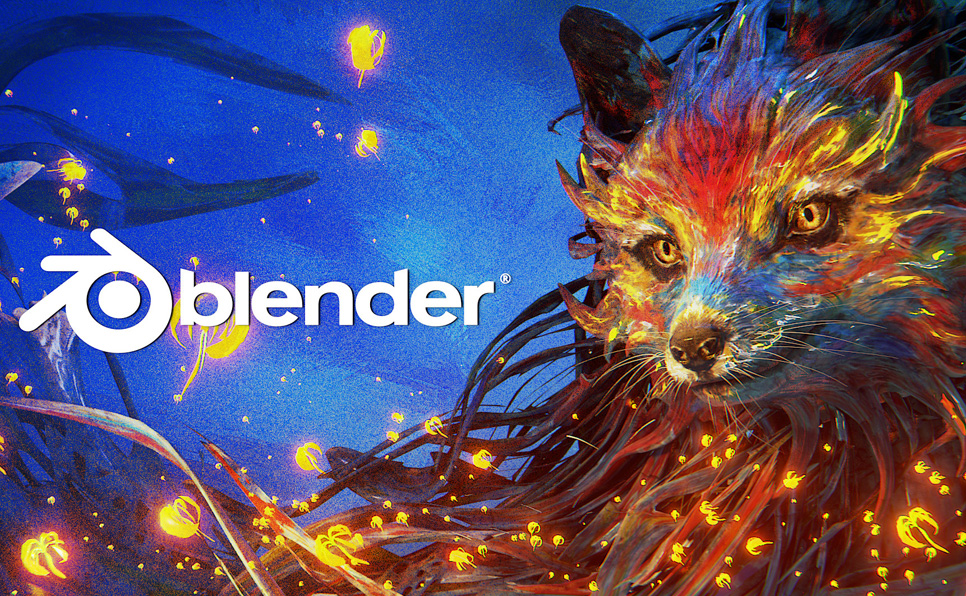Introduction
Anime and manga is one of the most popular staples when it comes to Japanese pop-culture, and for good reason too.
With the trend of monthly serialized magazines originating in the mid 1910s and animation adaptations beginning around the late 1940s, the subject has only grown amongst fans.
Additionally, with the industry as fast growing as it is, a multitude of independent animation studios have made their rounds, including ones overseas.
Yet there remain a handful of veteran companies that are known for their unique style, and in some cases, widely preferred. From Studio WIT to MAPPA, there is no limit to one’s creativity.
Production IG
One of the longer running animation studios, Production IG was founded in 1987, though it wasn’t formally named “Production IG” until 1993. One of the primary aspects of Production IG that makes it so unique are the dark contrast in visuals.
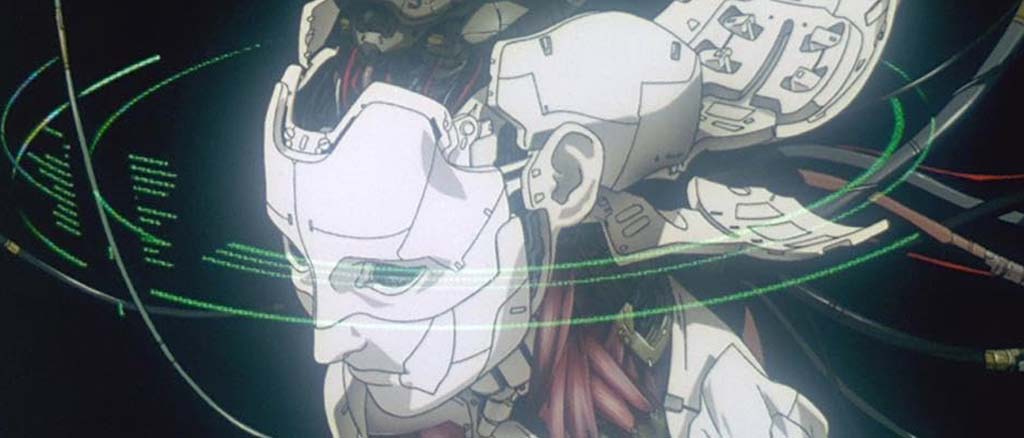
In early works such as Ghost in the Shell and Eden of the East, there is a contrast between realism and fantastical visuals.
Meaning that character designs, while definitely embellished to give that “anime” feel, are designed like real people. Additionally, attention to detail and backgrounds is another thing they are most notable for.
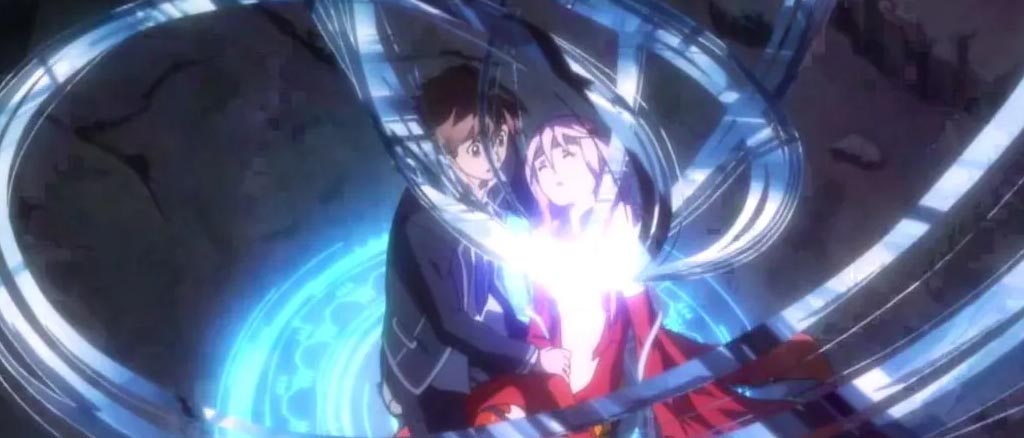
In 2011, Guilty Crown was released and utilizing modern technology, a healthy use of CGI and traditional animation was incorporated into scenes. While it is noticeable, the use of CGI doesn’t take away from the overall experience, as it’s limited to effects and smoother animation in backgrounds.
The latter is most evident in the first 3 seasons of Attack on Titan, which also collaborated with WIT Studio (a production company founded by employees of Production IG, giving it a similar animation style) to make the environment more surreal, immersing the viewer in the world of Attack on Titan.
MAPPA Studio
Founded in 2011 by Masao Maruyama, MAPPA has a similar story to Madhouse that WIT Studio had to Production IG. Though Madhouse still produces anime, MAPPA has taken the main spotlight.
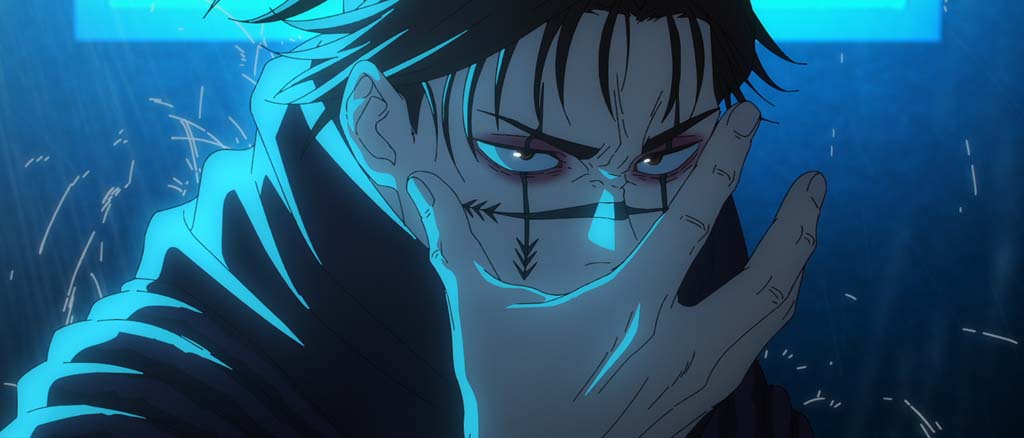
A heavy use of bright contrast and realism is what makes MAPPA stand out from the rest. 2020’s Jujutsu Kaisen took audiences by storm with its opening cinematic.
Similar to Production IG’s works where it uses CGI, MAPPA focuses it on environmental aspects. For example, in the opening of Chainsaw Man, come the chorus, Denji and Power are fighting devils, while the environment rotates to accommodate their movements.
Moreover, each scene transition fades into the next, rather than a sudden change of scenery. A similar theme is to be had with Jujutsu Kaisen’s first opening as well. Finally, MAPPA has a tendency to incorporate a sense of realism into each of their animations, no matter how stylized the source material may be.
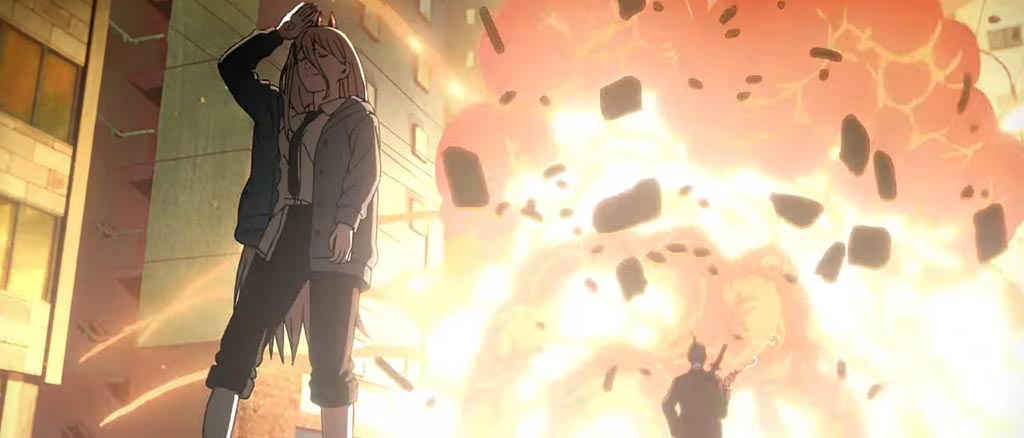
In Attack on Titan’s 6th opening, we see Eren shouting towards the sky, though the way he’s animated isn’t a straight up scream, but more so akin to that of a real person letting out their frustrations, as his hair becomes undone from the knot he has it tied up in.
The smallest attention to detail is what makes MAPPA stick out from the rest.
Ufotable
A studio that utilizes multi-dimensional visuals to tell its stories. With softer colors and shading, Ufotable strays away from conventional cell-shading that most animation studios have.
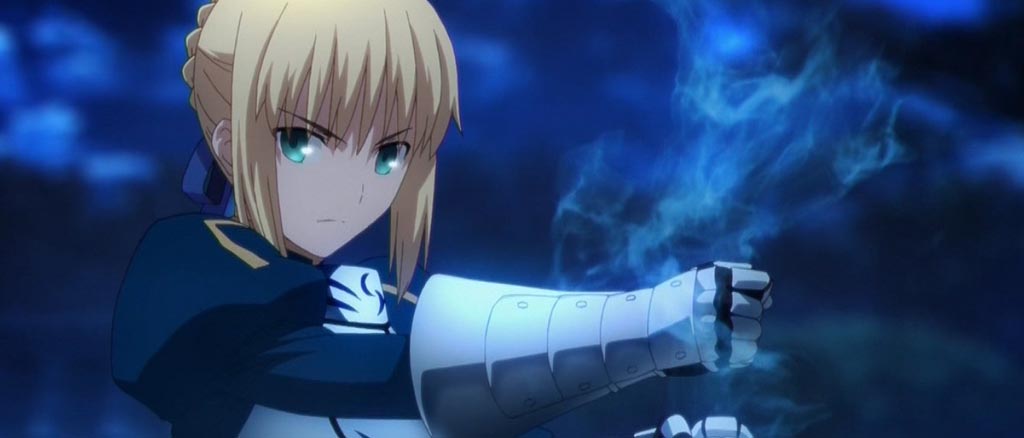
Instead, characters are designed and animated as if they were CG, but without fully incorporating 3D animation. It’s a common argument among fans that Ufotable is best at animating action sequences, as effects don’t only incorporate CGI, but it is made up of it entirely.
In Fate/Zero, Saber’s sword is invisible to the viewer, with only the former knowing its true length. To convey that, the width of the sword is surrounded in kinetic mist, and with it being entirely CG, everything avoids looking too pasteurized.
In short, Ufotable is aware of the pros and cons CG and traditional animation have, and uses both to their advantage.
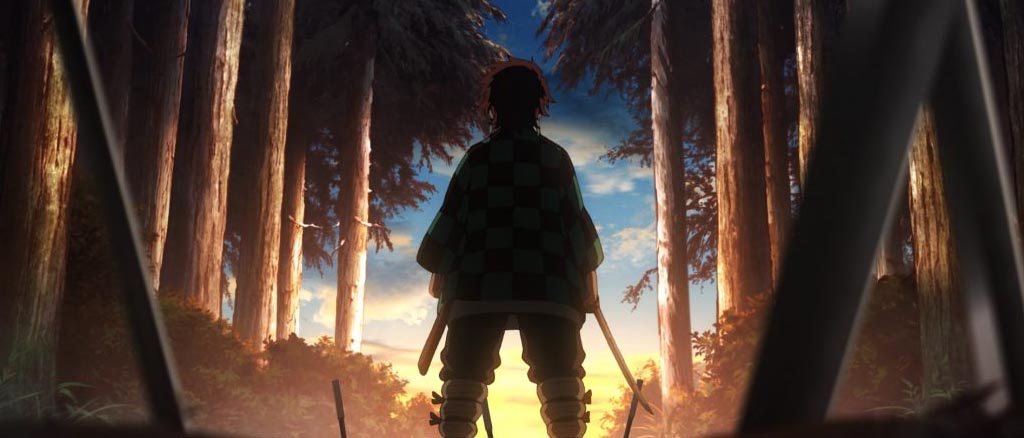
In terms of choreography, Ufotable operates similarly to MAPPA in the way that there’s a strong emphasis on environment. Though while the latter uses the subject to move the environment, instead its the environment that moves the subject in Ufotable’s animation.
Studio Pierrot
Since 1979, Studio Pierrot has been responsible for some of the world’s most renowned anime series’. Arguably it could be said that they are the go-to studio for shounen anime – or just mainstream in general.
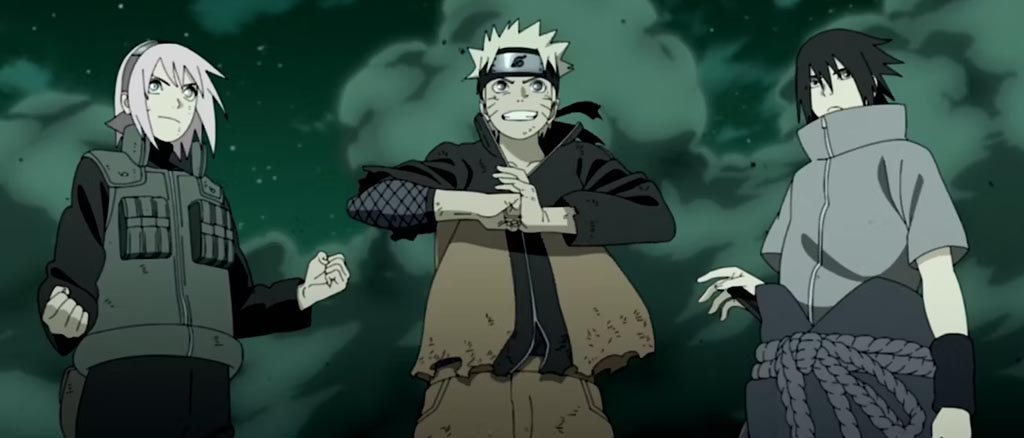
Most known for Naruto, Bleach, and One Piece, there isn’t a set quality or “specialty” that the studio has – though it acts as a jack of all trades. Comparing Kingdom to Tokyo Ghoul, one wouldn’t realize that they were animated by the same studio.
With such a versatile style, Studio Pierrot’s animation leaves more room to be molded by the director, rather than the animators, allowing for a different visual experience each time.
Brianna is an independent writer, photographer, and artist. She likes to challenge the status quo to enrich readers.
